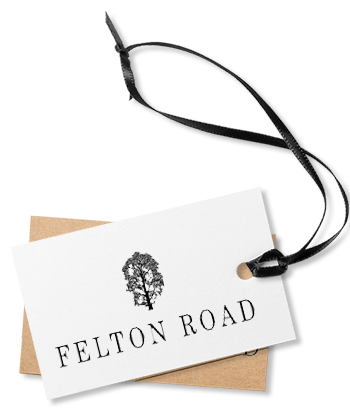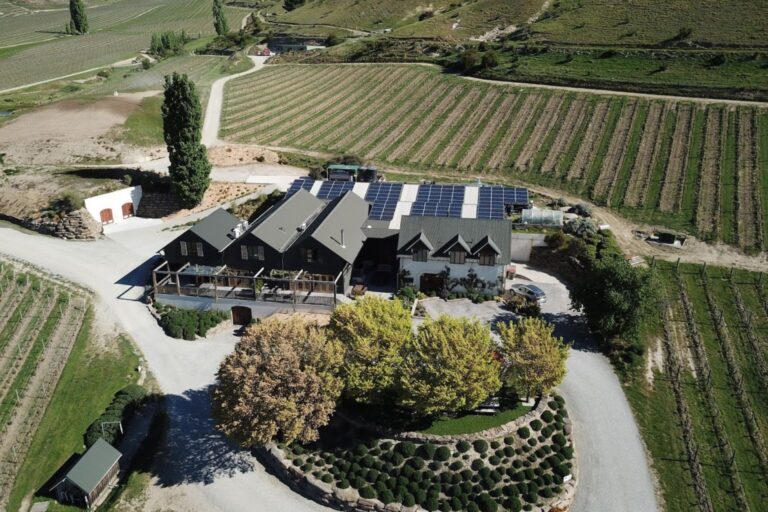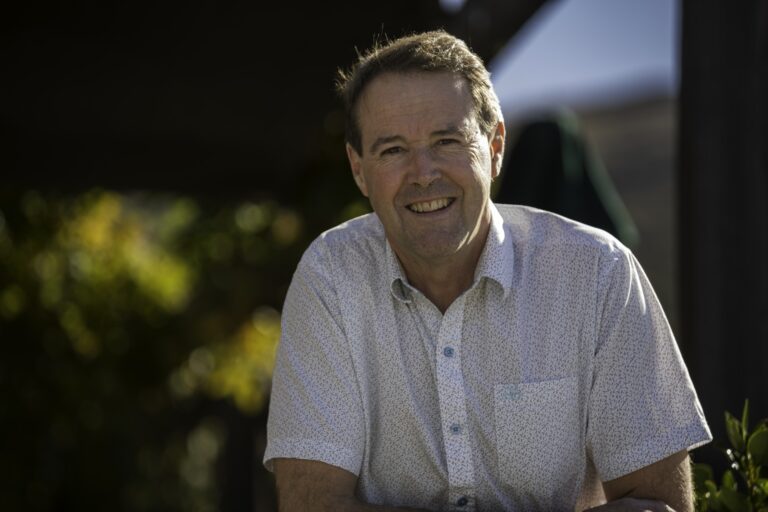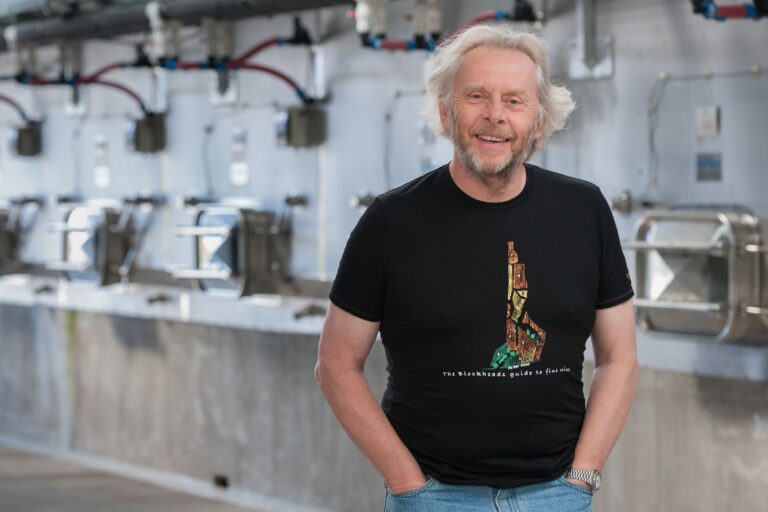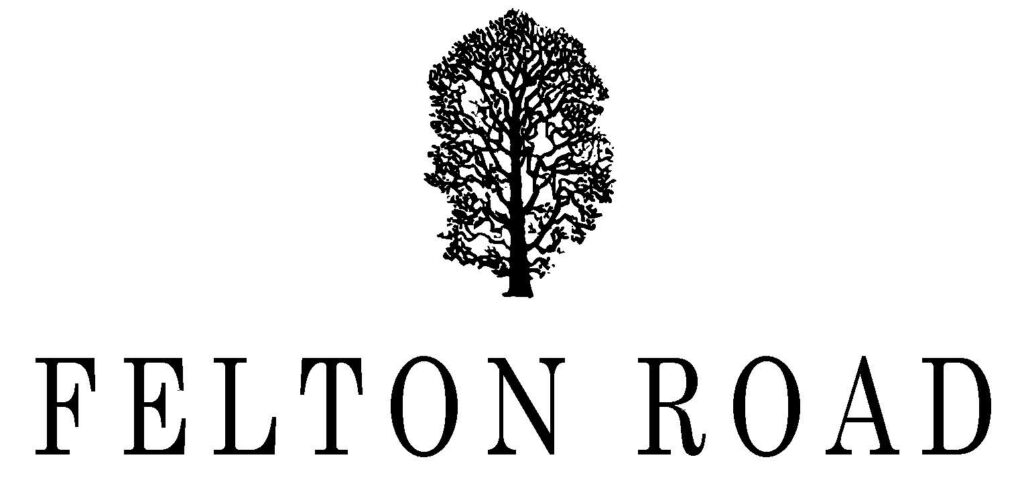A blog…
On remoteness and sustainability
Bannockburn is, by almost any definition, very remote. Central Otago is big and thinly populated: 2.4 people per square kilometre. By comparison, leafy Surrey in the UK has 750 per square kilometre. Yorkshire, with its empty moors and dales is still about 450 people /km2. Our nearest city big enough to have a population of a million people is Auckland: 1550 kilometres away. That’s further than London to Rome. And it isn’t easy or cheap to do the journey without a plane as there is a notoriously nasty sea crossing along the way.
This has an interesting effect on our thoughts when it comes to sustainability. The South Island of New Zealand is almost as remote as Bannockburn itself with 7.5 people per square km. We don’t have glass production. We don’t have a paper mill or a cardboard mill. So our packaging is not local, though it is NZ. Because of this, NZ has to create imaginative ways to handle distribution. Increasingly, supplies from the populous North Island to the quieter South Island come by boat and not by truck. Our bottles are a good example of this.
Luckily, there are significant agricultural exports from South Island, of which over a billion dollars of wine a year are just a part. So getting wine to a container port is not too much of a mission. But delivering wine to a New Zealand restaurant can be quite a schlepp (I think there is a conversion scale: 2.3 schlepps to the mission).
So that introduces challenges that a winery close to a city doesn’t have. Napa, or Sonoma, have over 7 million people on their doorstep, relatively speaking. Almost the same for the Yarra Valley with over 5 million. When Wellington: our capital city struggles to make up a quarter of a million, and even it is at least ten hours by road and a 3 hour maritime adventure thrown in for bad luck you start to realise that thinking local is a challenge in sales terms.
Which is why, though I love the idea, we haven’t moved into kegs for restaurant supply. If the idea horrifies you, it shouldn’t. 20 litre wine kegs enable glass pours to be in top condition, each keg saves 25 bottles and the attendant labels and cartons. I mentioned the San Fransisco Bay area, well The Slanted Door, sadly closed at the moment after a fire, was serving over 40 wines on tap. Good wines too. How cool is that?
But you send 20 litres of wine out in a keg, you have to get the keg back. So if the restaurant is 1500 km away, that may be more energy than you’re saving!
We are going to trial kegs for our local town: Queenstown. It’s a way to learn, but it isn’t likely to to be a practical solution we can scale up.
If distance can be an enemy to sustainability, then time can be as well. For years now, I have been looking at the case for re-useable bottles. It is patently mad to use an energy expensive wine bottle once then throw it in to the recycling. Or so it seems… Returning bottles for re-use should be a no brainer. You drink a bottle of wine and a week later it’s being refilled with another wine. As the majority of wine is drunk within 24 hours of buying, this should be a great solution. But, apart from the fact that wineries like ours are a long way from the average customer opening a bottle, there is a time issue. Most of our wine is cellared: customers buy it, then tuck it away for up to a decade, or more. Re-useable bottles need to be used; locking them underground for ten years, deprives them of their very purpose. A re-useable bottle generates its benefit over the number of times it is re-used, by ten uses, it is showing a real benefit. But if it takes a human lifetime for a Felton Road bottle to get through 10 uses, we aren’t really helping the cause.
What this does is remind us that the simple idea of sustainability is hugely nuanced. It is complex beyond any short piece of writing and beyond even any simple analysis. Jumping on the bandwagon of this week’s smart idea may not be smart at all, though it may be a really good idea for many. Every place has its differences. The trick is to work out whether the latest smart idea works for you.
Cheers, Nigel
